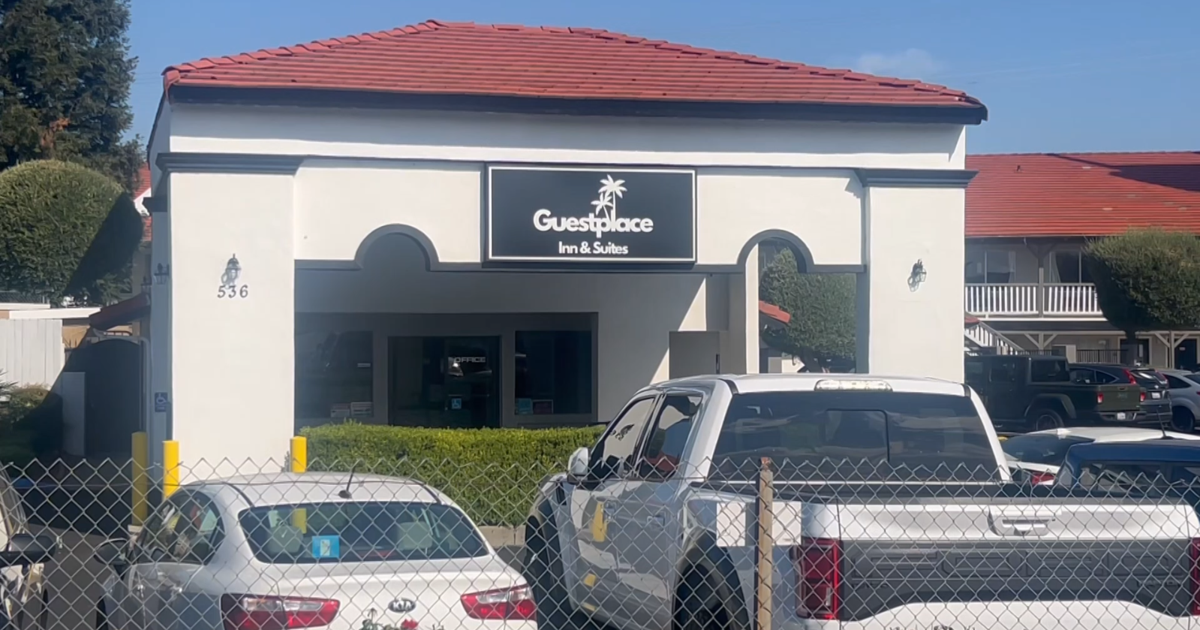The law set off a wave of child sex abuse litigation that has pushed some public institutions to the brink of financial crisis. School districts face up to $3 billion in claims.
In 2018, an anonymous tip led the authorities in California to Eric Uller, who for decades had volunteered at an after-school program associated with the Santa Monica Police Department. An investigation revealed Mr. Uller, 50, had molested at least four boys on the city’s watch.
Allegations from dozens of others soon emerged, dating to the 1980s and 1990s. Weeks after his arrest, Mr. Uller hanged himself in his apartment on the day he was scheduled to appear in court.
Seven years later, Santa Monica is still paying for his crimes. At last count, the bill had reached nearly $230 million.
That’s how much money the city has distributed to 229 plaintiffs who said they had been sexually assaulted by Mr. Uller. More than 150 additional cases remain.
Budget reserves are now so low that last year the credit rating agency S&P Global lowered Santa Monica’s bond rating. Insurance has covered only about 10 percent of the city’s expenses. At a budget workshop in March, the City Council discussed selling a library to replenish a fund it had depleted to pay sex abuse claimants.
“I’m afraid that we’re careening toward bankruptcy,” Dan Hall, a city councilman, told his colleagues.
Los Angeles County made international headlines last month after it agreed to pay $4 billion to settle nearly 7,000 sex abuse claims brought by adults who had been children in its juvenile detention and foster care systems. The deal, recently approved by county leaders, is the largest of its kind in U.S. history.
But across California, it was one payout among many.
Cities like Santa Monica, along with counties and school districts around the state, are grappling with their own steep judgments and settlements that are not as record-breaking as Los Angeles County’s but are nonetheless pushing some of them to the brink of financial crisis. A state law signed in 2019 by Gov. Gavin Newsom expanded the number of child sexual abuse lawsuits that can be filed against public institutions. The law, known as Assembly Bill 218 or A.B. 218, has set off a wave of litigation pitting California’s ideals as a defender of the vulnerable against its cash-strapped financial realities.
Inspired by the #MeToo movement and revelations of child abuse covered up by the Catholic Church and the Boy Scouts, the law lifted the age limit for filing childhood sex abuse lawsuits against employers that let such abuse happen, and opened a three-year window for claims that had expired under the old statute of limitations. Now, hundreds of lawsuits representing thousands of plaintiffs have led to scores of multimillion-dollar judgments and settlements, and even the author of the law has called for a retooling to give taxpayer-funded entities a break.
In the Southern California community of Moreno Valley, a jury verdict in 2023 left the school district with a judgment totaling $121.5 million. Though the district, which serves about 34,000 students, negotiated its payout to $45 million, its insurance costs have soared.
Read the full article
[NYT has a limited number of free reads]




Wow. If only someone could have foreseen this…
/sarc
What I want to know is…was the person referenced above in the Santa Monica incidents a registered person or not a registered person?
This is what happens when lawmakers are constantly striving to build a puritanical society where everyone is “offended” by the most mundane cr*p. I blame cancel, me too, and outrage culture for ALL OF IT…
Victims have become predatory opportunists in their shameless pursuit to cash in.
It’s all about easily getting “set up” for life.
There is no going back. We are already in the swamp.